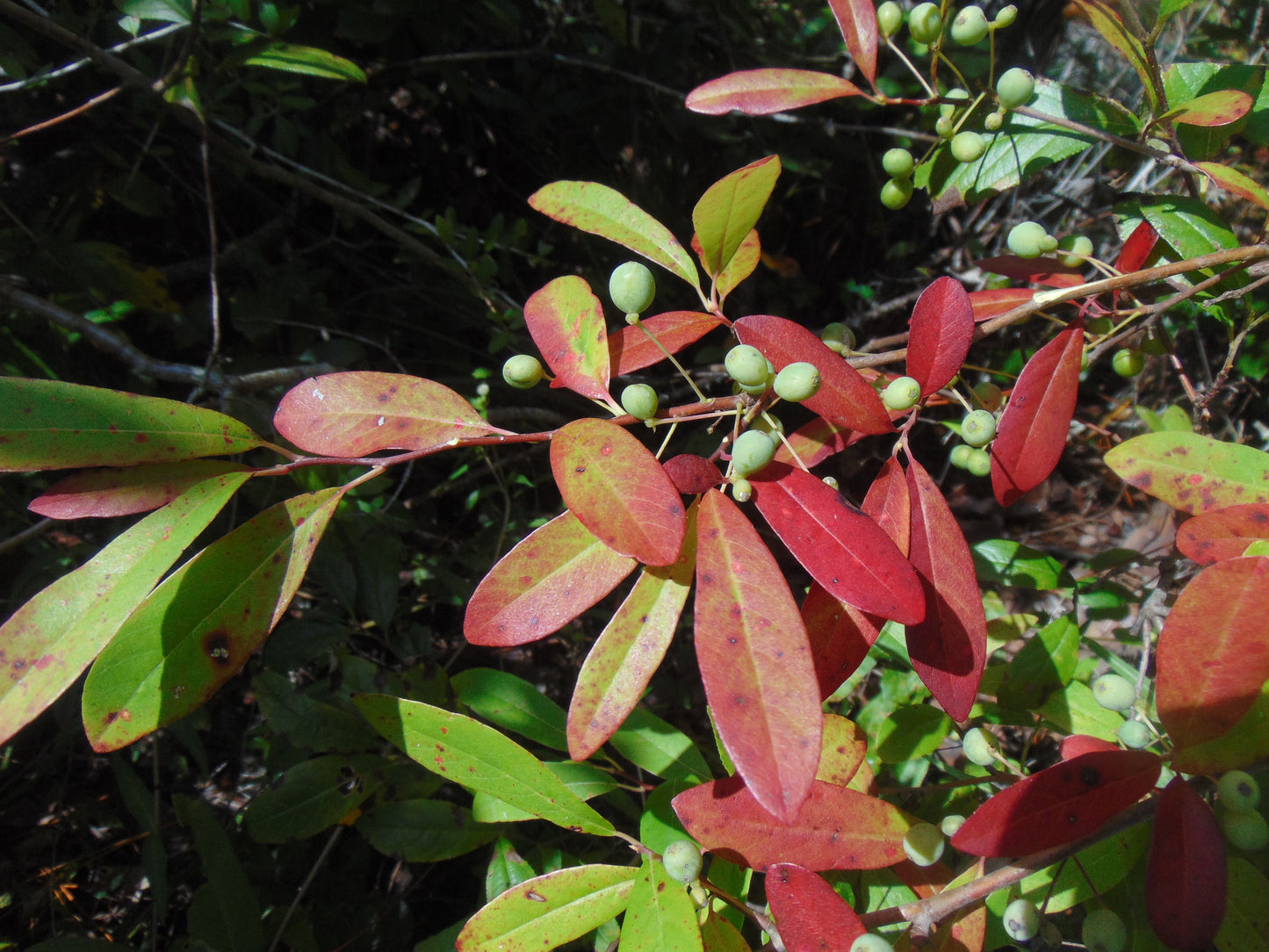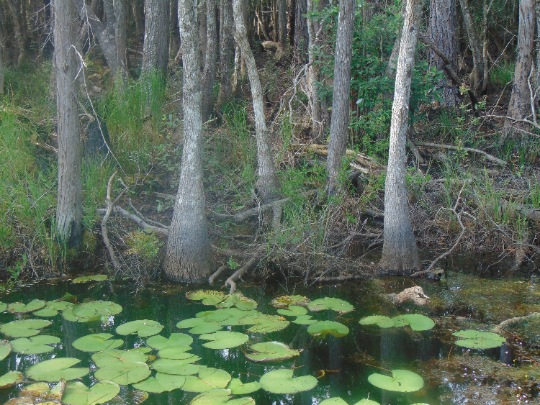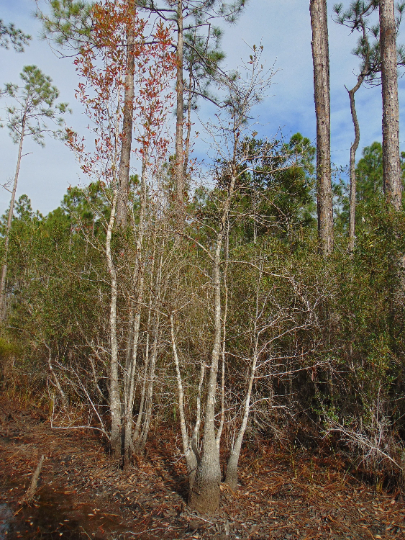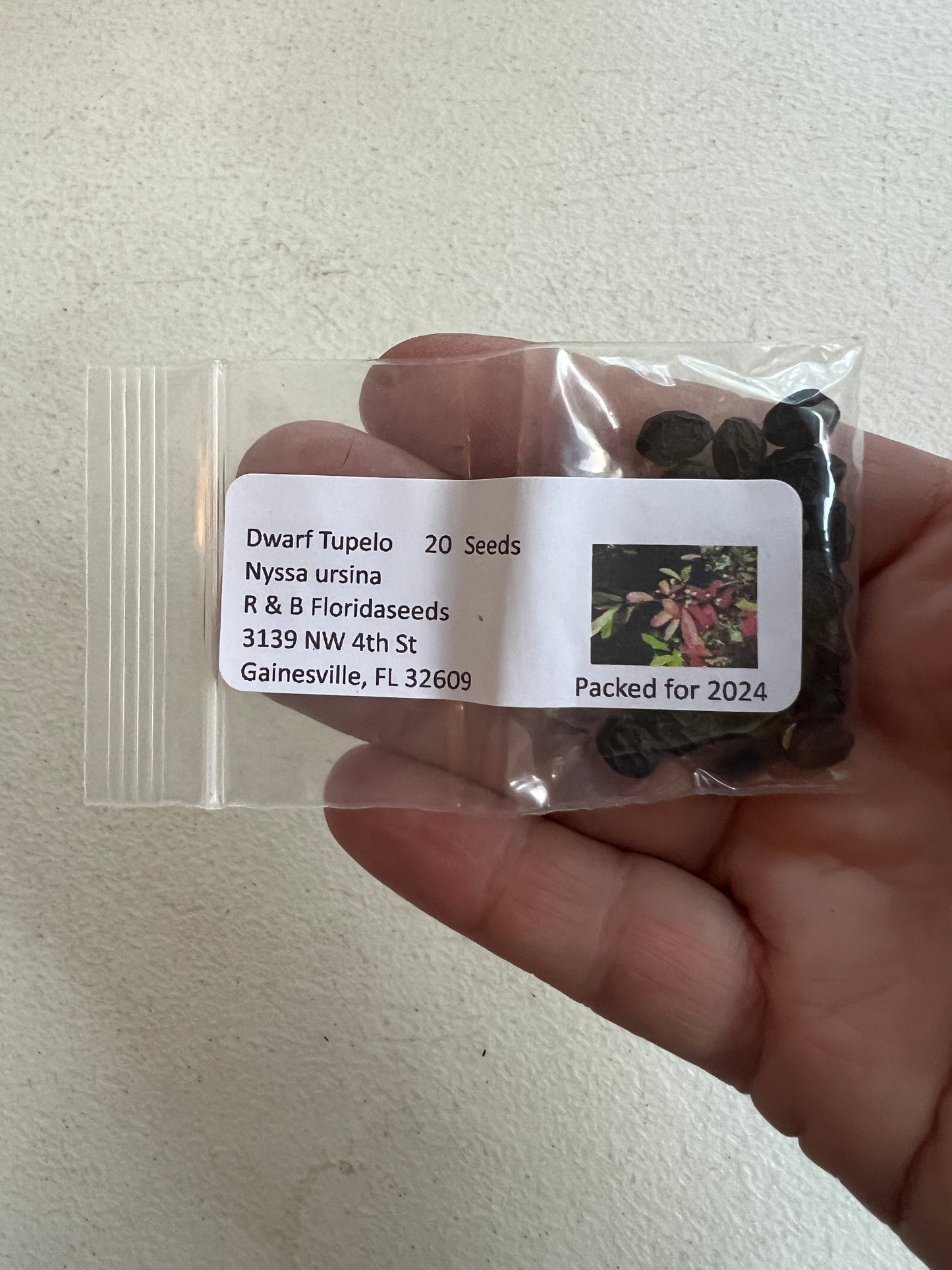Floridaseeds
Dwarf Tupelo Tree Bear Tupelo Nyssa ursina 10 Seeds
Dwarf Tupelo Tree Bear Tupelo Nyssa ursina 10 Seeds
Couldn't load pickup availability
The Dwarf Tupelo Tree is a small tree or a shrub that is native to the panhandle of northwestern Florida. It only grows in a few counties on the gulf coast in this region. The region that it grows in is widely known for its fantastic variety of native plants and rare, endemic species. The dwarf tupelo tree is one of those rare, endemic species. It is a shrub or a small tree with a straight or crooked trunk and a very picturesque, enlarged base. It grows up to 2-15 feet in height. It is single or multi-stemmed and the multi-stemmed plants form very lovely clusters of stems with enlarged bases. Leaves are dark green, leathery, elliptic or oblong and shiny. They turn red in the autumn. It is an intricately branched canopy and it produces a multitude of oval or subglobose, dark blue or purple fruits. The fruits contain one seed. It would make a fine, rare and very unusual bonsai tree. It is also known as the bear tupelo because bears are reputed to like the abundantly produced fruits and the Apalachicola tupelo because it is endemic to the Apalachicola region of Florida. It grows in swamps, ponds, wet woodlands and pinelands and it likes full sun and moist soil. Hardy in zones 6-10.
Materials
Materials
Shipping & Returns
Shipping & Returns
Dimensions
Dimensions
Care Instructions
Care Instructions
Share












